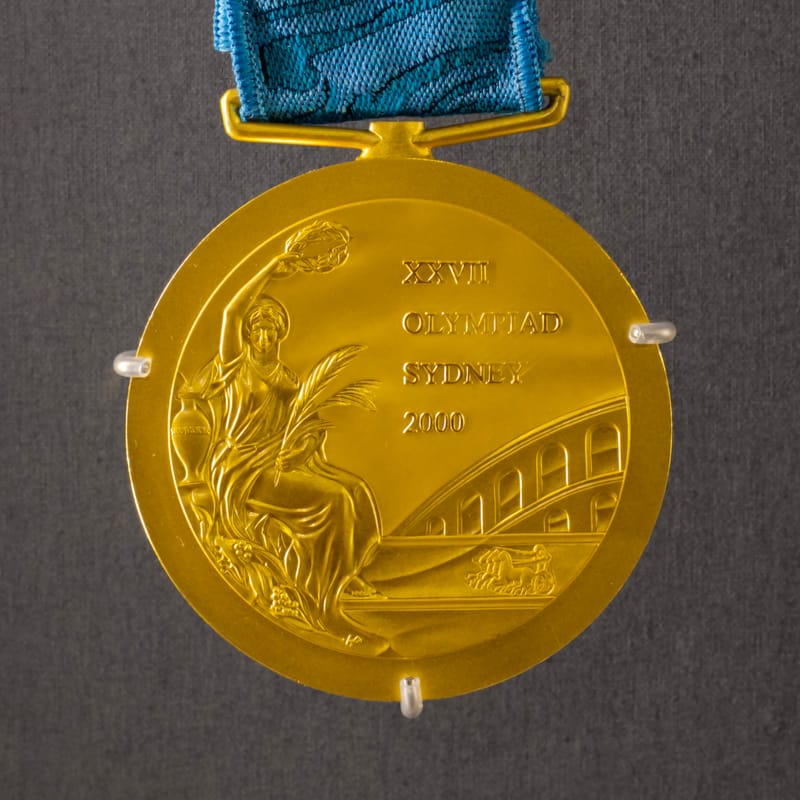What is humanly possible

"What is humanly possible" is a subjective question and can have many interpretations based on various factors such as individual abilities, physical limitations, technological advancements, and cultural and societal norms.
In general, human abilities are shaped by genetics, environment, and experience, and can vary greatly from person to person. Some people may have extraordinary physical or mental abilities, while others may have disabilities or limitations.
However, some things that are considered humanly possible include:
Physical feats such as running marathons, climbing mountains, and performing acrobatics.
Mental and intellectual achievements, such as learning new skills, solving complex problems, and creating new knowledge.
Emotional and interpersonal experiences, such as forming deep relationships, experiencing joy, love, and empathy, and overcoming personal challenges.
Creativity and artistic expression, such as painting, writing, music, and dance.
Accomplishing significant personal and collective goals, such as starting a business, leading a community, or making a positive impact on the world.
In summary, what is humanly possible is largely dependent on the individual's abilities, motivations, and opportunities, and is constantly expanding as technology and society evolve.
The typical human body has a wide range of physical capabilities and limitations.
Physical capabilities include:
Mobility: The human body has the ability to move in a variety of ways, including walking, running, jumping, and climbing. This is made possible by the skeletal system, muscles, and joints.
Strength: The human body has the ability to generate force and power, which allows for tasks such as lifting and carrying heavy objects, pushing and pulling, and gripping.
Endurance: The human body has the ability to sustain physical activity for extended periods of time, such as running a marathon or cycling long distances.
Flexibility: The human body has the ability to move joints through a wide range of motion, which is important for activities such as stretching, yoga, and gymnastics.
Coordination: The human body has the ability to coordinate the movement of different body parts, which is important for activities such as sports and dance.
Physical limitations include:
Strength: The human body has a limited ability to generate force and power, which can be affected by factors such as age, injury, and disease.
Endurance: The human body has a limited ability to sustain physical activity for extended periods of time, which can be affected by factors such as age, fitness level, and disease.
Flexibility: The human body has a limited ability to move joints through a wide range of motion, which can be affected by factors such as age, injury, and disease.
Coordination: The human body has a limited ability to coordinate the movement of different body parts, which can be affected by factors such as age, injury, and disease.
Range of motion: The human body has a limited range of motion in certain joints, such as the spinal column and hip, which can be affected by factors such as injury, disease, and genetics.
These capabilities and limitations can vary greatly among individuals, and can change over time due to factors such as age, fitness level, and disease. Additionally, many of these capabilities and limitations can be improved through regular exercise and physical activity.
Potential:
Individual human potential can be categorized in several ways, including:
Intellectual potential - this refers to a person's inherent ability to learn, understand, and process information.
Physical potential - this refers to a person's inherent physical abilities, such as strength, agility, and coordination.
Creative potential - this refers to a person's inherent ability to generate new and original ideas, concepts, and solutions.
Emotional potential - this refers to a person's inherent ability to understand and manage their own emotions, as well as the emotions of others.
Spiritual potential - this refers to a person's inherent ability to connect with a higher power, find meaning and purpose in life, and seek self-discovery.
Leadership potential - this refers to a person's inherent ability to influence, motivate, and guide others.
Entrepreneurial potential - this refers to a person's inherent ability to identify business opportunities and start and run successful ventures.
Athletic potential - this refers to a person's inherent ability to perform physical tasks related to sports and exercise.
Artistic potential - this refers to a person's inherent ability to create and express themselves through various art forms, such as music, painting, or acting.
Social potential - this refers to a person's inherent ability to connect with others and form strong relationships.
These categories are not mutually exclusive, and many people have potential in multiple areas.
Remember that potential is not fixed and can be developed and refined over time with effort, practice, and experience.
On the other hand we humans have a potential and are very capable of damaging or utterly destroying ourselves. It is as if we have more power than we can handle when we aren't careful.
Like an overpowered car that spins its wheels, melts its tyres and ends up in a tree in the first 100 meters. Like the overpowered car, we can drive smoothly if we pay attention to our driving control. It is all about balance.
We humans can really out do ourselves when we pool our resources in an organised way. Only humans can extend beyond our home world if we choose to.
The ability to move beyond our our planet and create new opportunities increases our species potential to a new magnitude, a potential evolutionary manifold leading to many environments beyond earth. Technologies designed for other worlds might be very useful here on earth too.
